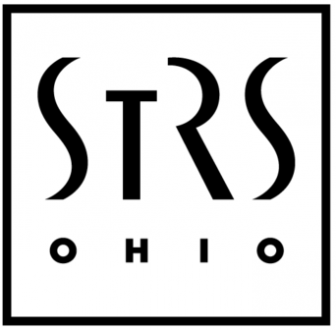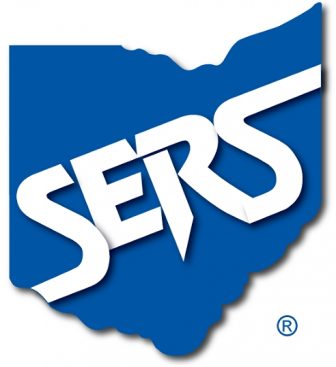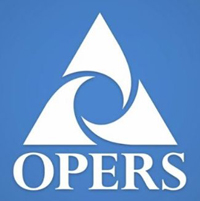STRS Shows Modest Improvement in Funding Status
At its October Board meeting, the STRS Board received the results of the annual actuarial valuation of the pension plan for fiscal year 2019. The report showed actuarial liabilities (the value of benefits owed to retirees and active employees) of more than $97.8 billion and assets of $74.4 billion. The result is $23.4 billion in unfunded liabilities and a funded ratio of 76.1%. This represents a slight improvement from the previous year when it was 75.5%. Likewise, the amortization period (the amount of time needed to pay off the unfunded liabilities) was reduced to 16.6 years. This period was 17.8 years according to the FY 2018 valuation.
STRS continues to work toward improved funding of the pension plan. Keeping pension benefits secure for the long term is in the interests of OEA members and this has required shared sacrifice. Active teachers have had to work longer, contribute more and see formula reductions, while retired teachers have been dealing with frozen cost-of-living adjustments. However, as financial conditions improve, OEA supports restoration of COLA benefits as well as a reduction in the employee contribution rate.
The STRS Board also received the actuarial valuation of the health care plan. That report showed that health care benefits are more than fully funded with a funding ratio of over 174%. However, this figure is based on design changes to the plan that include elimination of the Medicare Part B premium reimbursement and freezing the subsidy amount for non-Medicare retirees at 2020 levels. These changes have yet to be implemented and the STRS Board is expected to review health care plan design in February 2020.
SERS Board Receives Preliminary Funding Report
On Thursday, October 17, the SERS Board received a report from the actuarial firm of Cavanaugh Macdonald Consulting on the anticipated funding levels for the annual actuarial valuation. Based on the preliminary analysis, it appears that the funding ratio of the pension plan will be 71.0%; an increase of 0.3% from the prior year. The amortization period would decrease by one year to 25.
According to the SERS funding policy, if the funded ratio of the pension plan is between 70% and 80%, the Board has the discretion to allocate up to 0.5% of the employer contribution to the SERS Health Care Fund. However, based on a review of year-to-date and projected investment experience and other factors, the Board opted not to contribute additional funds to health care and dedicate the full employer contribution towards funding pension benefits.
OPERS Board Votes to Develop “Group D” for New Hires
On Wednesday, October 16, 2019, the OPERS Board of Trustees voted to have staff develop a legislative proposal for a new tier of pension benefits (“Group D”) for employees hired after January 1, 2022. As initially proposed, this new tier would include a reduced calculation of pension benefits, increased age and service requirements, an increased employee contribution and a reduced cost-of-living allowance.
OEA and four other labor organizations sent a joint letter to the OPERS Board expressing opposition to the proposal. However, the OPERS Board voted 7-4 to develop a legislative proposal creating the new tier of benefits. Board members Julie Albers, Randy Desposito, Tim Steitz and Steve Toth voted against the motion. All other Board members voted in favor. OPERS Executive Director Karen Carraher stated that staff does not plan to pursue legislation for another year. The implication was that OPERS staff will continue to refine the proposal and work with stakeholders before coming back to the Board with a final proposal.
![]() Click here to download a copy of this October 2019 Report to the OEA Board of Directors. Previous Retirement Systems Updates can be viewed under the Affiliate Resources tab on the OEA website.
Click here to download a copy of this October 2019 Report to the OEA Board of Directors. Previous Retirement Systems Updates can be viewed under the Affiliate Resources tab on the OEA website.



